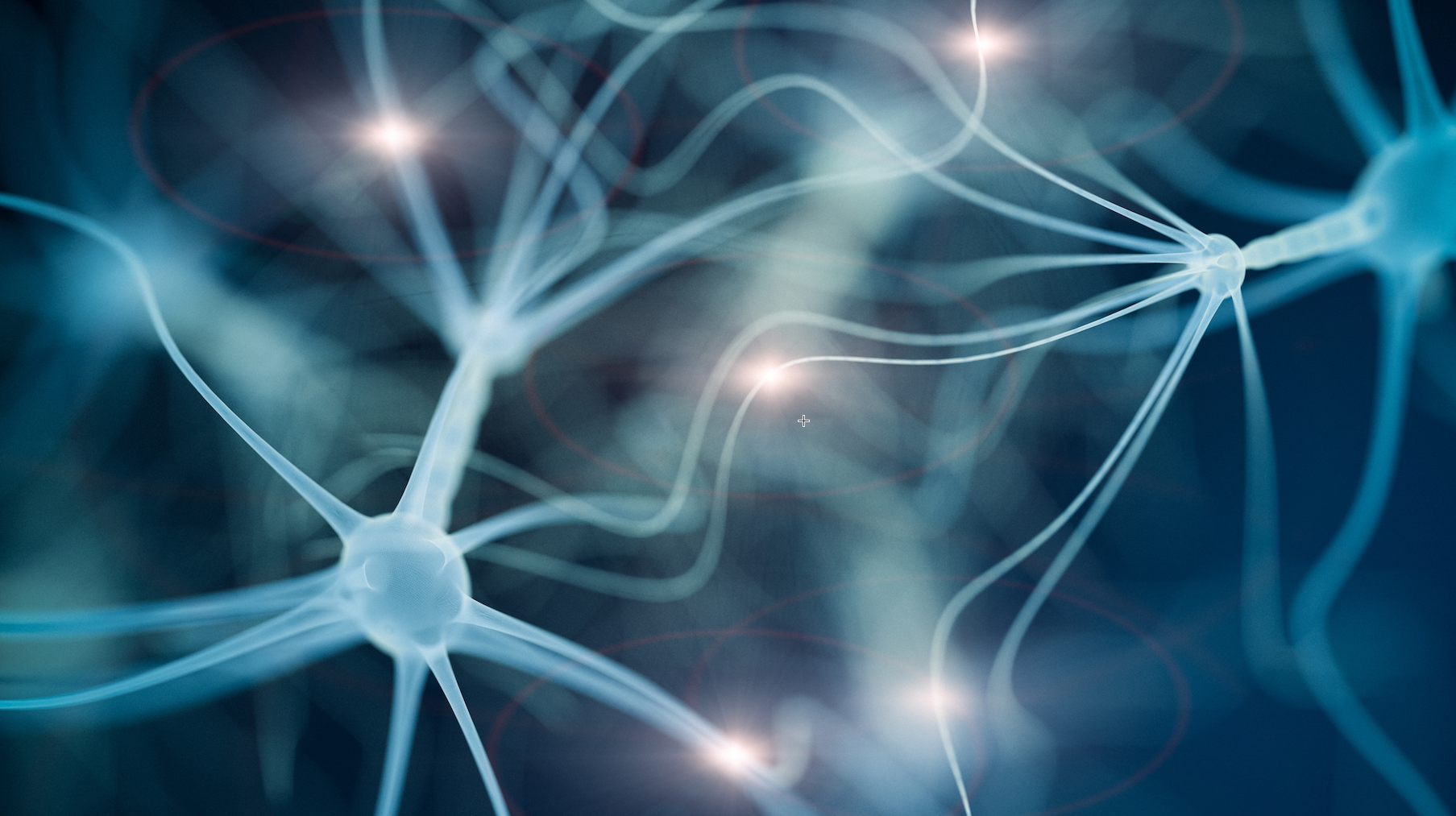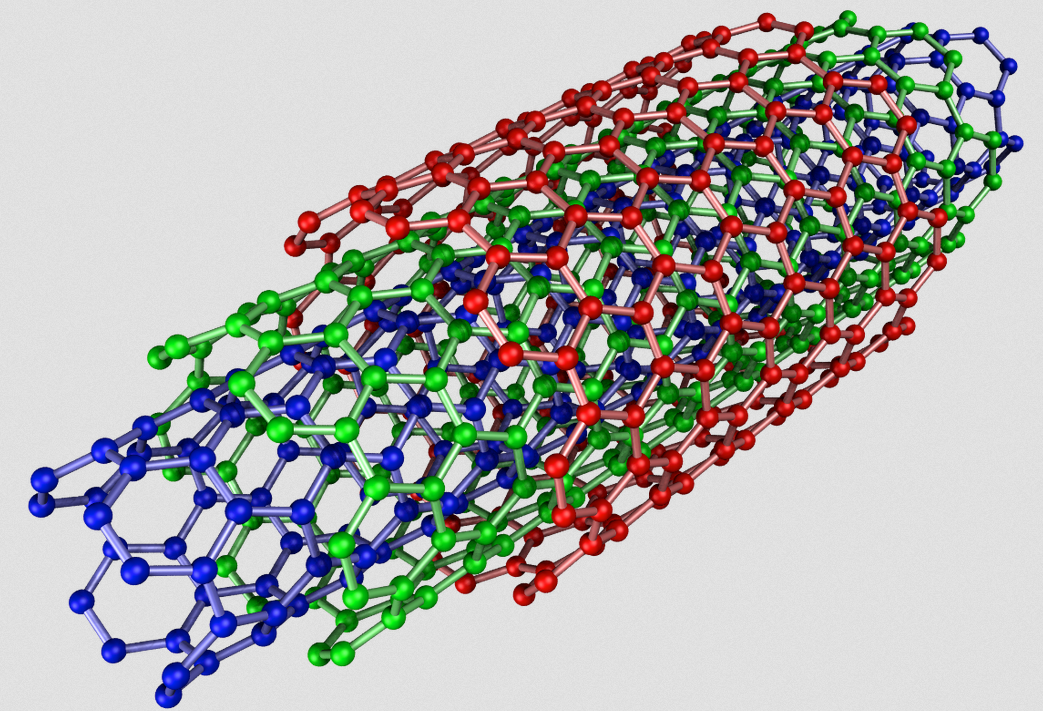This has been known since 2000 – see below. At the current slow pace of development MWCNT’s might actually be useful for long term implants in another 50 years
J Mol Neurosci. 2000 Jun;14(3):175-82.
Molecular functionalization of carbon nanotubes and use as substrates for neuronal growth.
http://www.kurzweilai.net/carbon-nanotubes-looking-good-for-repairing-damaged-neurons
May offer future hope for patients with spinal-cord injury
July 5, 2017

(credit: Polina Shuvaeva/iStock)
That’s the conclusion of an in-vitro (lab) open-access study with cultured neurons (taken from the hippcampus of neonatal rats) by a multi-disciplinary team of scientists in Italy and Spain, published in the journal Nanomedicine: Nanotechnology, Biology, and Medicine.

A multi-walled carbon nanotube (credit: Eric Wieser/CC)
Significantly, they found that MWCNTs:
- Facilitate the full growth of neurons and the formation of new synapses. “This growth, however, is not indiscriminate and unlimited since, as we proved, after a few weeks, a physiological balance is attained.”
- Do not interfere with the composition of lipids (cholesterol in particular), which make up the cellular membrane in neurons.
- Do not interfere in the transmission of signals through synapses.
The researchers say they proved that carbon nanotubes “perform excellently in terms of duration, adaptability and mechanical compatibility with tissue” and that “now we know that their interaction with biological material, too, is efficient. Based on this evidence, we are already studying an in vivo application, and preliminary results appear to be quite promising in terms of recovery of lost neurological functions.”
The research team comprised scientists from SISSA (International School for Advanced Studies), the University of Trieste, ELETTRA Sincrotrone, and two Spanish institutions, Basque Foundation for Science and CIC BiomaGUNE.
No comments:
Post a Comment